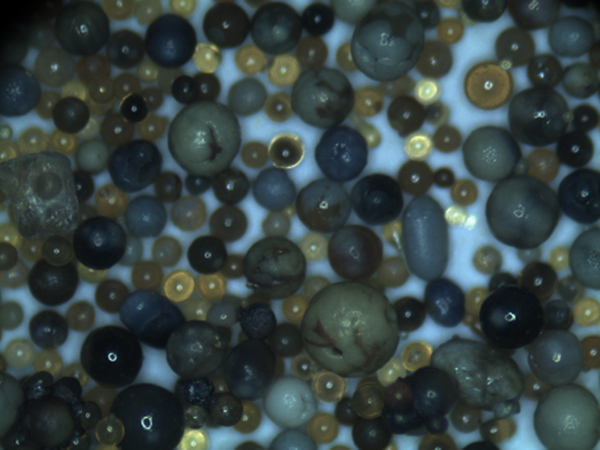The History of Sand Casting
Sand casting, one of the oldest metal casting techniques, has been used for thousands of years to create various metal objects. Its history dates back to ancient civilizations where artisans sought alternatives to crafting metal items by hand. This article explores the evolution of sand casting through the ages, highlighting its significance, advancements, and the impact it has had on modern manufacturing.
Early Beginnings
The origins of sand casting can be traced back to ancient Egypt around 3000 BC, where it was utilized for creating jewelry and sculptures. Artisans used simple tools and techniques to shape sand into molds, which would be filled with molten metal. This method allowed for more intricate designs and larger objects than traditional handcrafting.
As civilizations progressed, so did the technology surrounding sand casting. By the time of the Romans, sand casting became more sophisticated. The Romans mastered the technique, using it for military equipment, decorative items, and intricate sculptures. Evidence of this can be seen in the numerous metal artifacts that have survived from that era, showcasing the effectiveness of sand casting in producing durable, high-quality components.
The Middle Ages and the Renaissance
The Middle Ages saw the continuation of sand casting, primarily used in the production of weapons and tools. Cast iron became increasingly popular in Europe, leading to the development of more complex mold designs. The Renaissance further contributed to improvements in casting techniques, as artists and engineers began to experiment with different materials and methods.
During this period, sand casting was vital in the production of artistic pieces, including large statues and intricate architectural decorations. Artists like Donatello and Michelangelo utilized sand-cast techniques to create some of their most significant works, blending artistry with industrial production.
history of sand casting

The Industrial Revolution
The onset of the Industrial Revolution in the 18th century marked a dramatic shift in sand casting practices. With the rise of factories and mass production, the demand for cast metal components skyrocketed. Innovations in foundry technology, including better furnace designs and the introduction of machine molding, improved the efficiency and quality of sand casting.
This era saw the standardization of molds and the introduction of new sand types, which allowed for faster production times and improved surface finishes. The use of synthetic sands, introduced in the early 20th century, revolutionized the industry further, providing greater stability and a smoother finish to castings.
Modern Applications
Today, sand casting is a crucial process in various industries, including automotive, aerospace, and construction. It encompasses a range of techniques, from traditional hand molding to advanced automation in foundries. Modern sand casting can produce complex geometries and large components, making it invaluable in producing parts that are both intricate and durable.
Advancements in materials have expanded the possibilities of sand casting. For instance, the development of new types of binders and coatings has improved the mold-making process and the quality of the final products. The integration of computer-aided design (CAD) and simulation software has further optimized the casting process, reducing waste and enhancing precision.
Conclusion
The history of sand casting reflects the ingenuity and adaptability of humans in overcoming challenges in metalworking. From its ancient roots to its modern-day applications, sand casting has remained a vital technique in manufacturing. As technology continues to advance, sand casting is poised to evolve further, ensuring it remains relevant in an ever-changing industrial landscape. The legacy of sand casting is not just in the products it has created but also in its resilience and ability to innovate throughout history.
Post time:نوامبر . 09, 2024 01:03
Next:Understanding the Sand Casting Metal Process for Effective and Efficient Manufacturing Techniques
